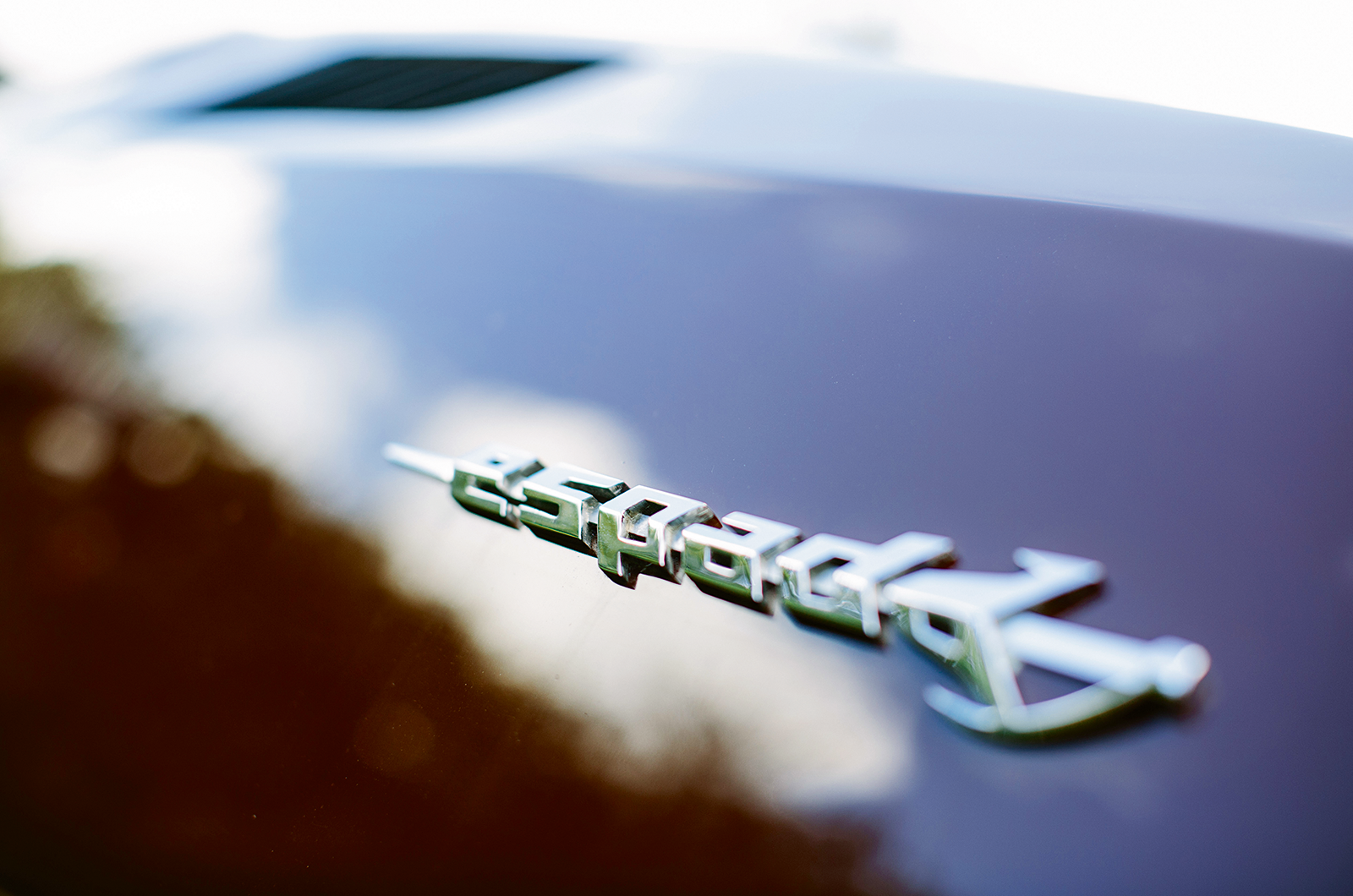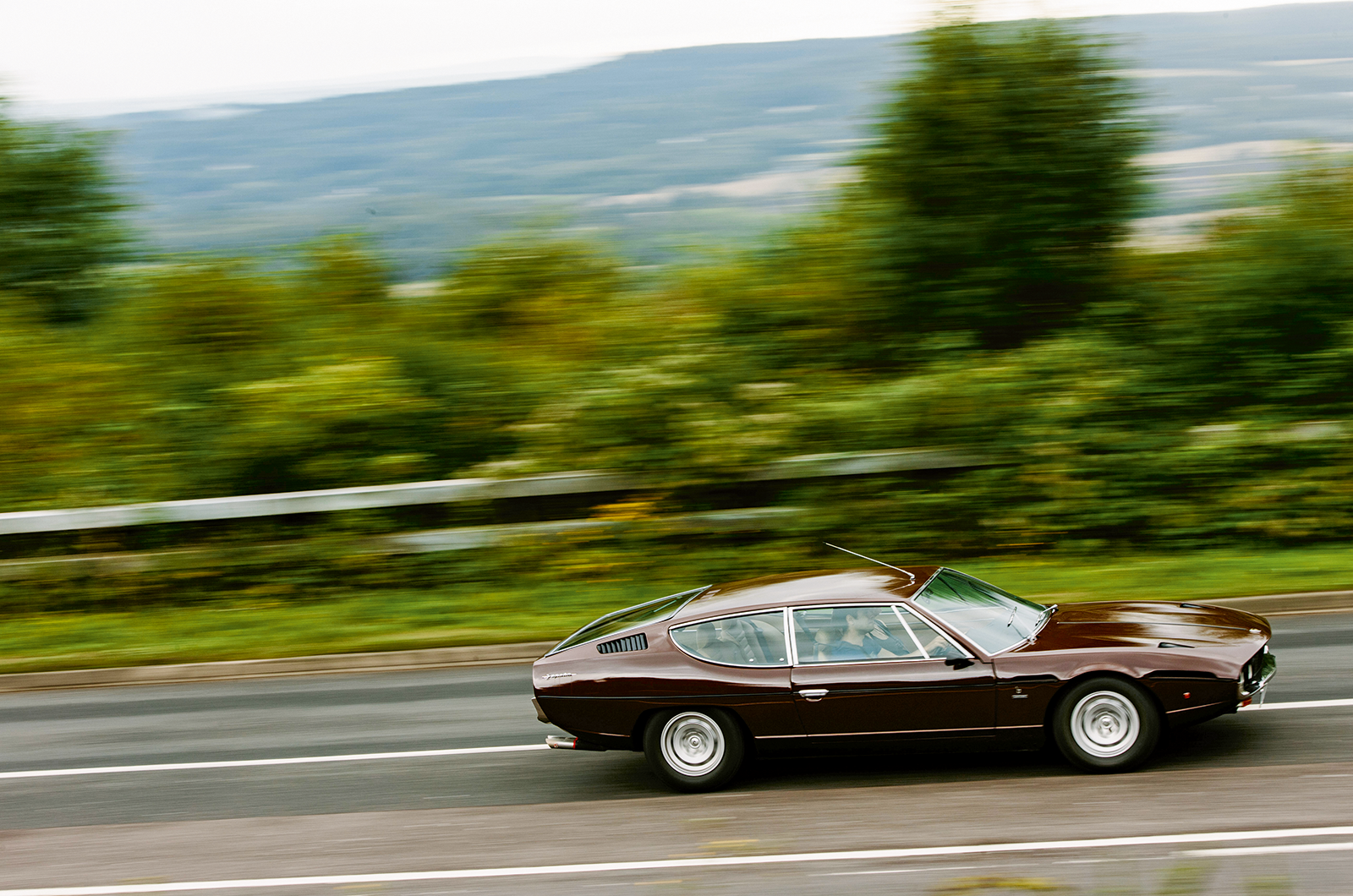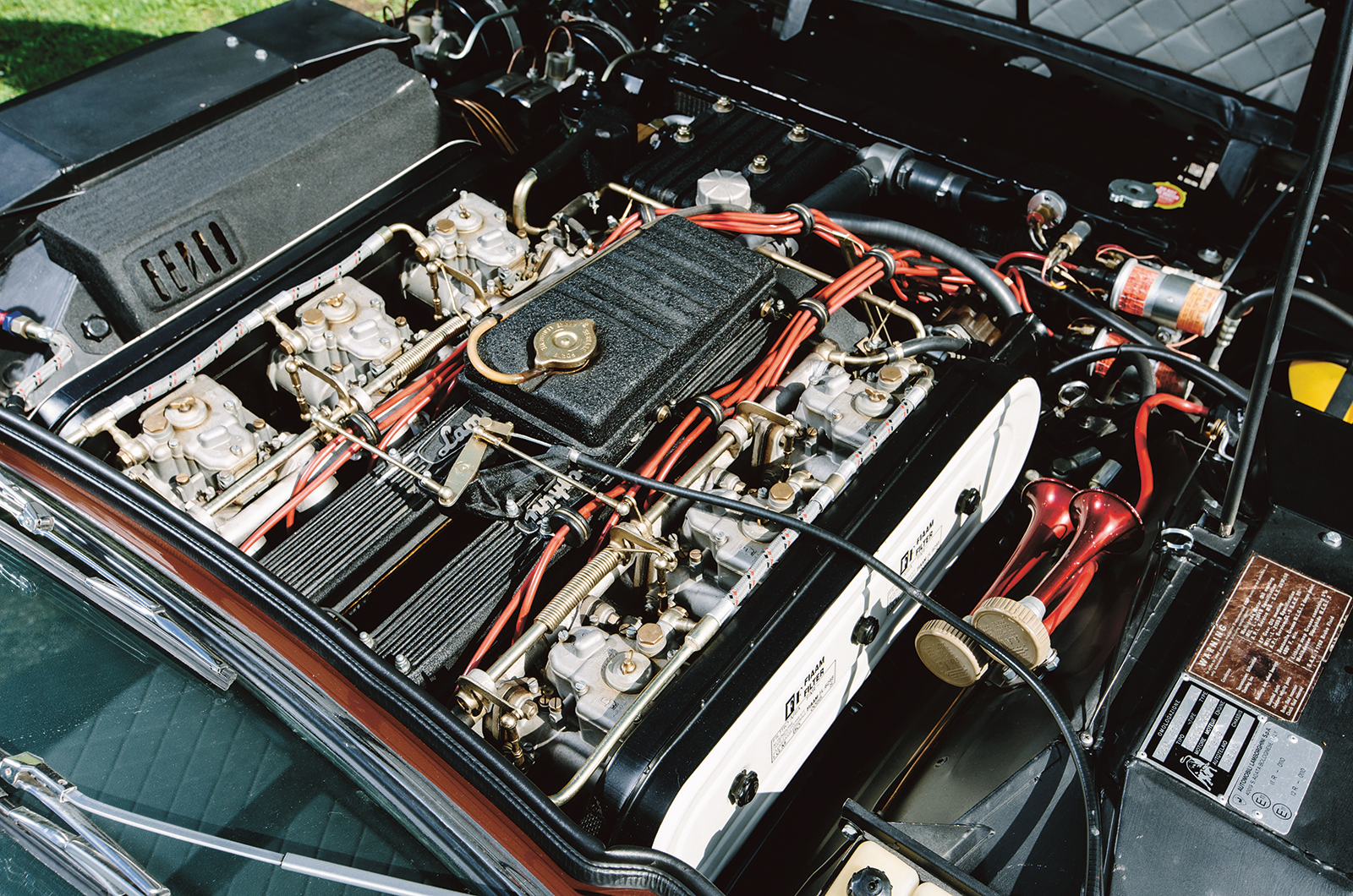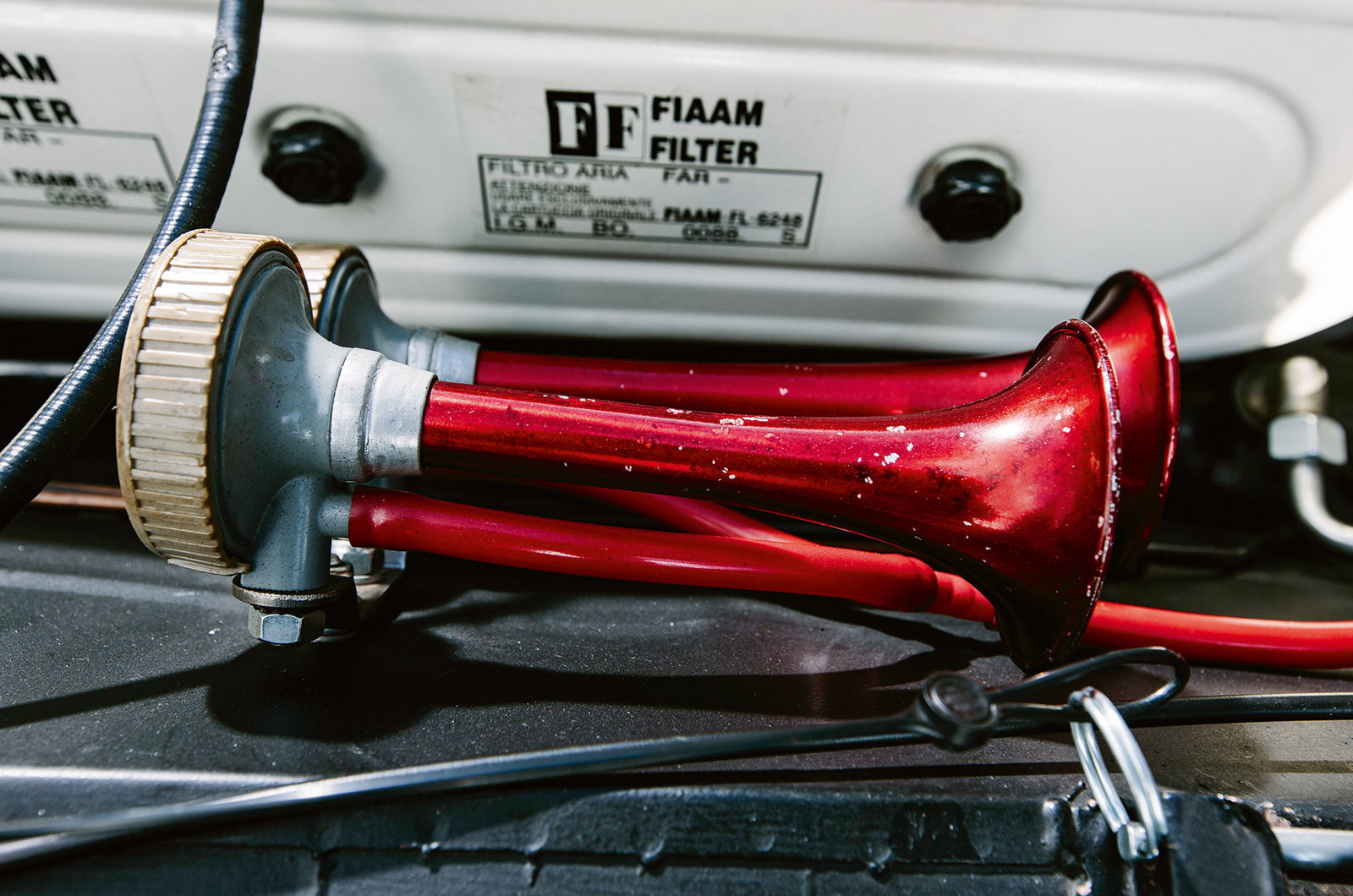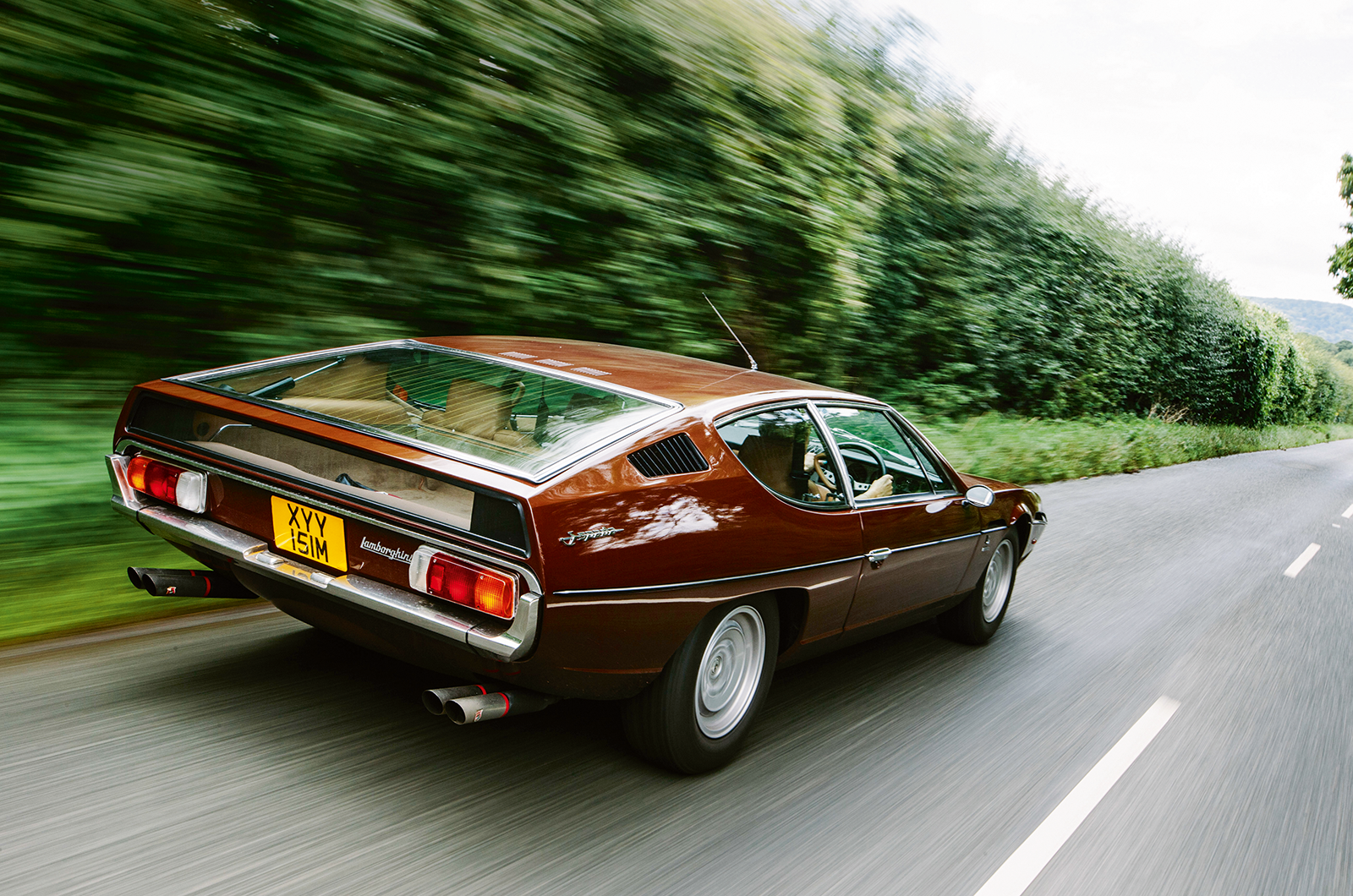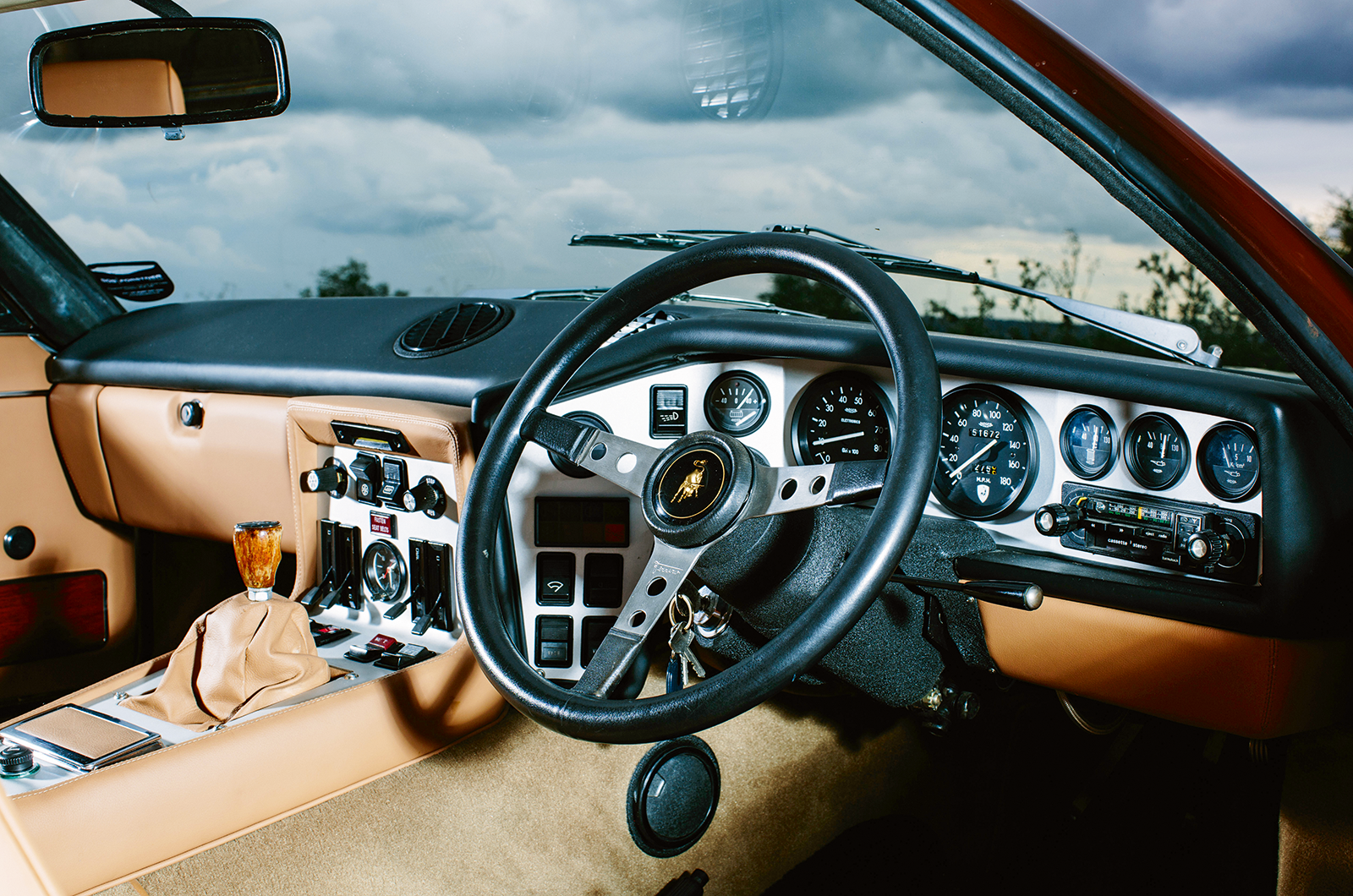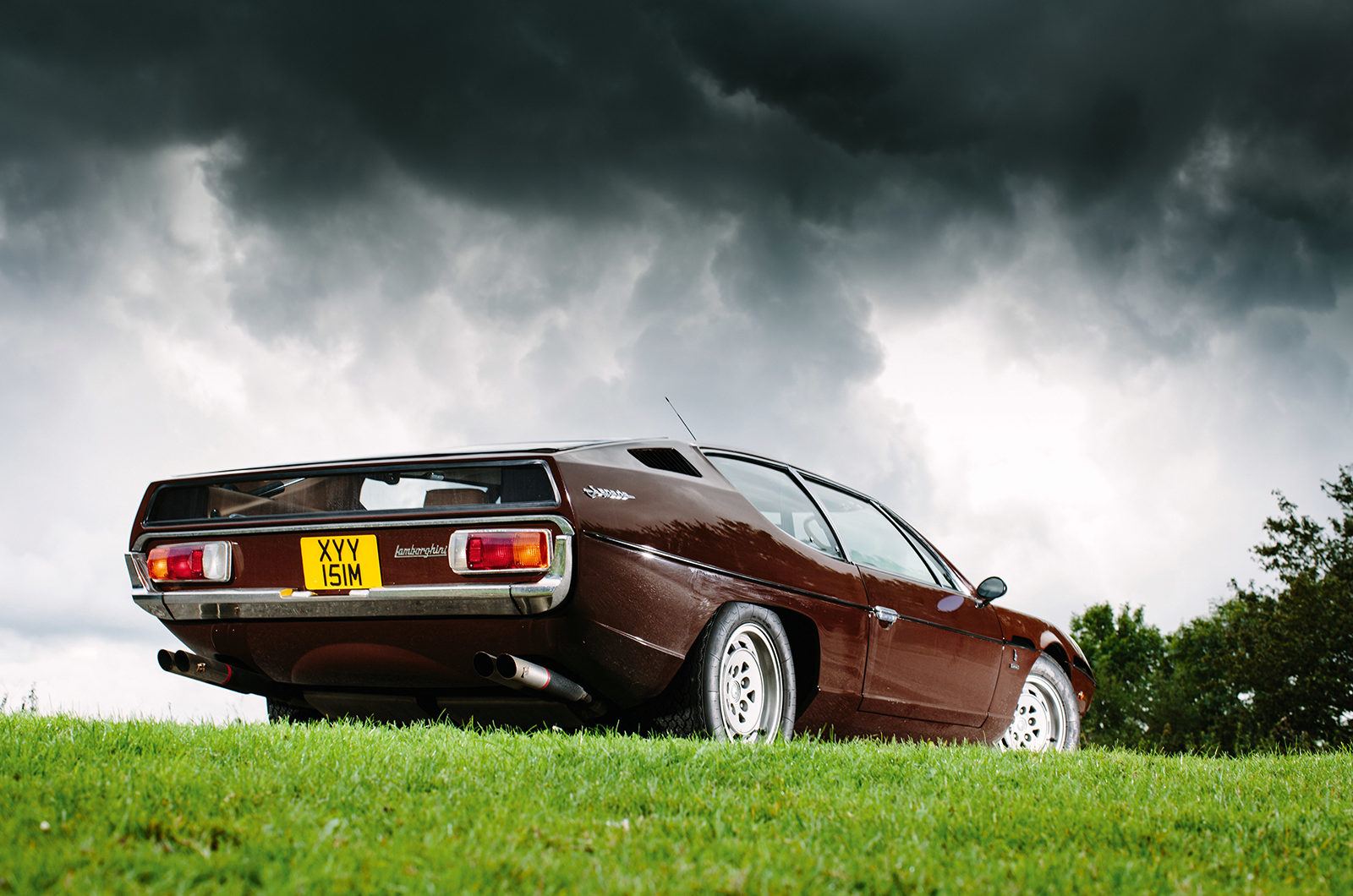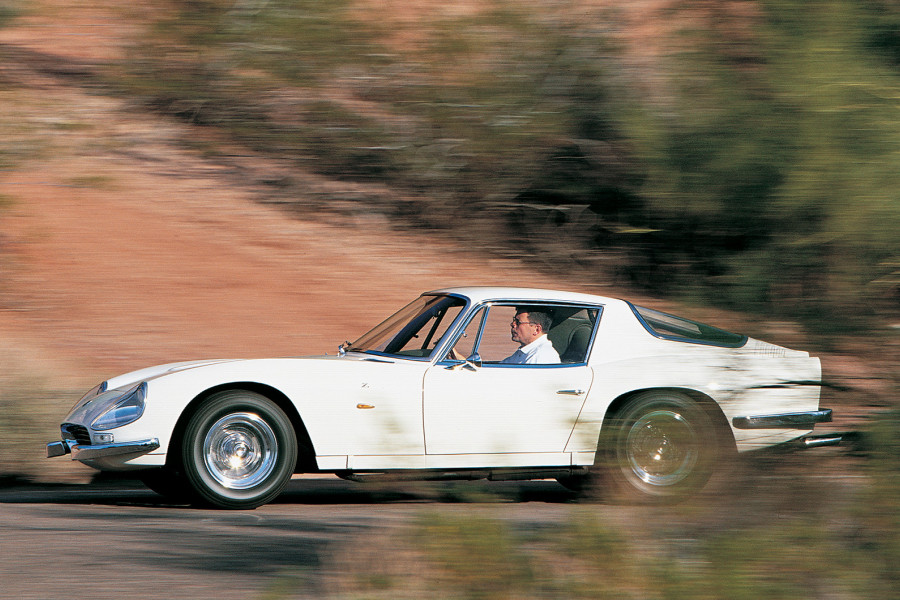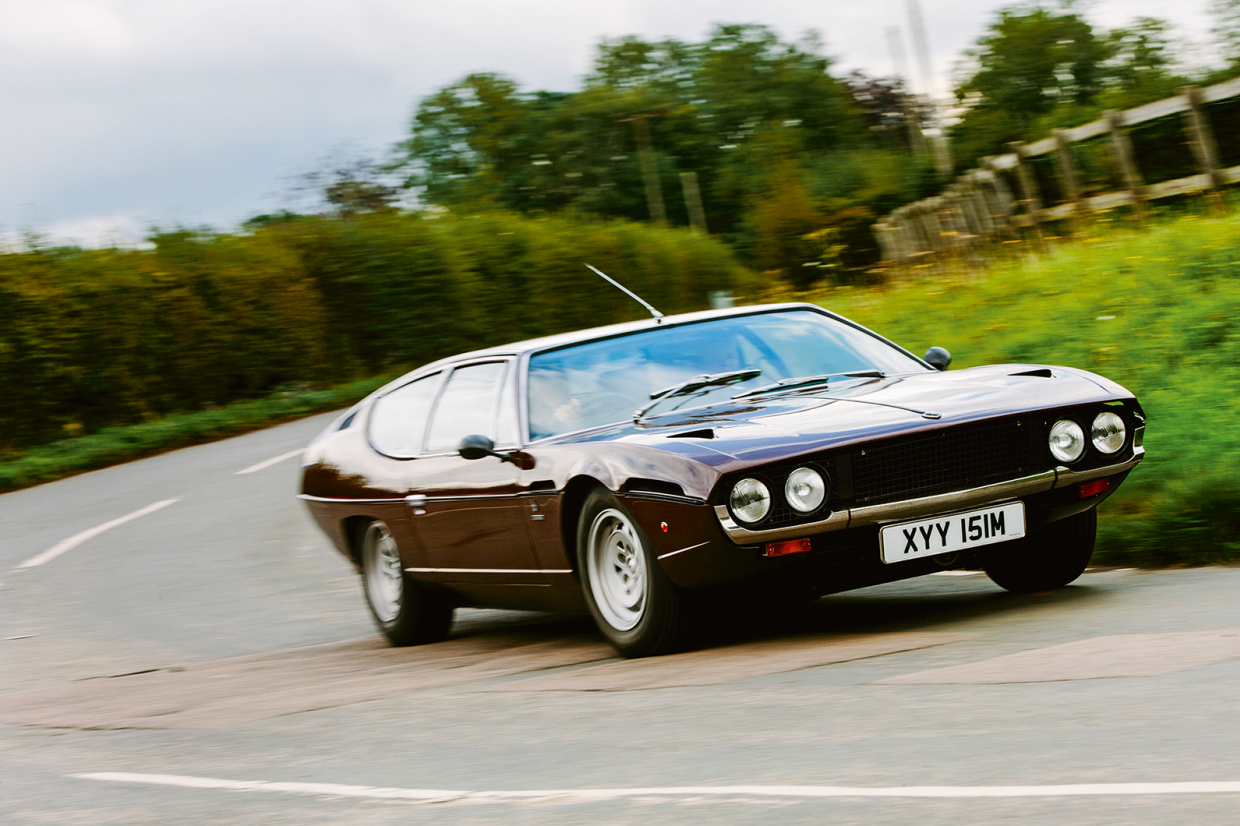
Being a driven, single-minded and highly successful individual, Ferruccio Lamborghini wasn’t the type to accept second best.
Disillusioned with the products of Maranello that he’d sampled, in 1963 he founded Automobili Lamborghini SpA and aimed the new company’s sights firmly at Ferrari and Maserati.
Just four years after the introduction of the 350GT, this automotive upstart would have three models in its line-up: the revolutionary Miura, the elegant Islero and extravagant Espada.
The bullish industrialist would no doubt have expected such progress and for his products to be competing for the adoration of the glitterati, yet it’s unlikely that he could ever have envisaged one as a family hatchback in a small Kent village.
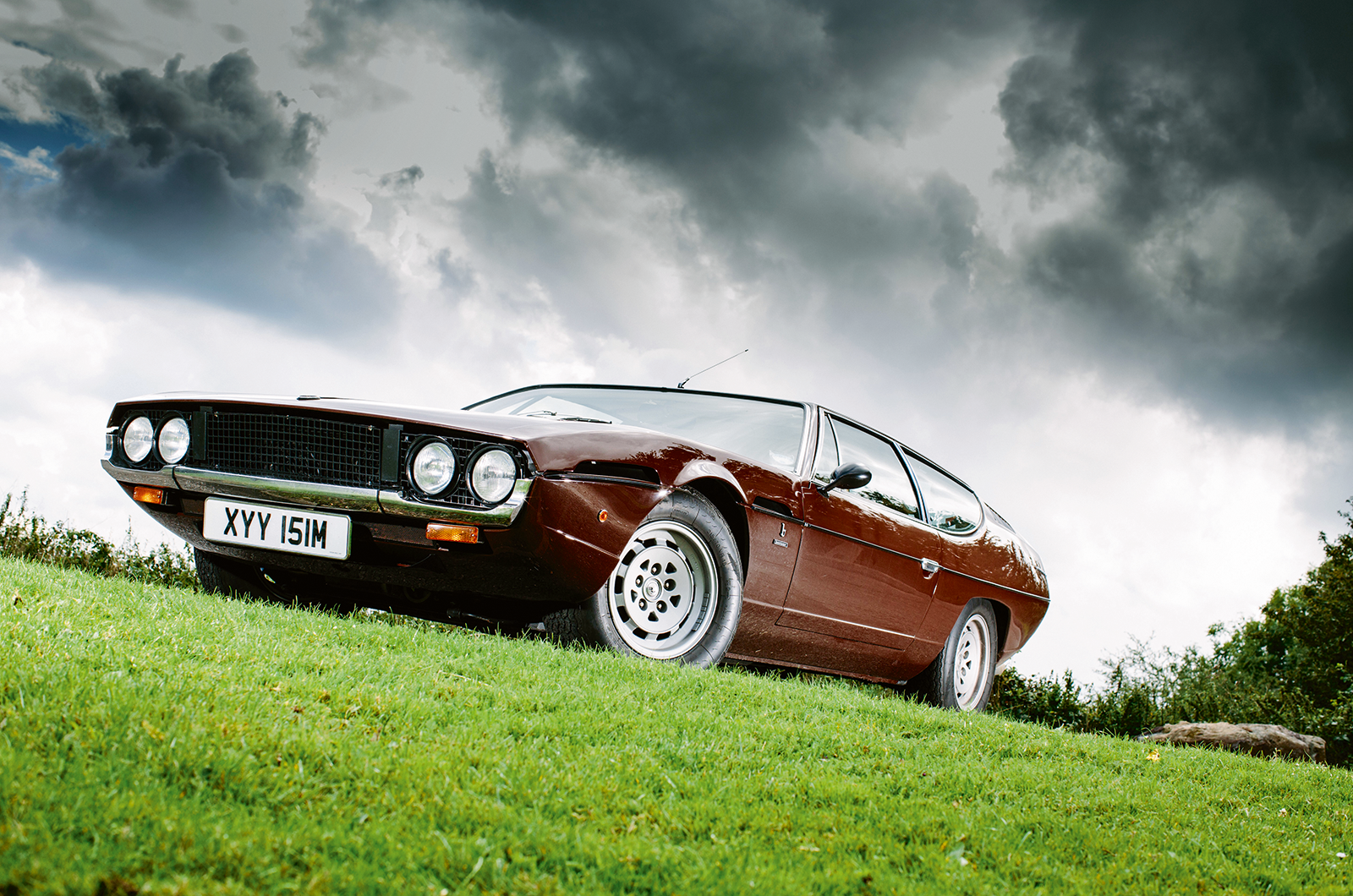
The Series III sports a longer nose and chequered grille
“My husband Richard had always wanted an E-type,” recalls Lynne Bull. “Until 1977, when he saw a black Espada in St Katharine Docks.”
By chance, shortly after, he caught sight of the car he would buy, parked in the New Eltham area: “A few weeks later he saw it again, in the Crown Woods Way Service Station showroom – there were three secondhand Espadas for sale – and when he came home, he said he had to have it.”

